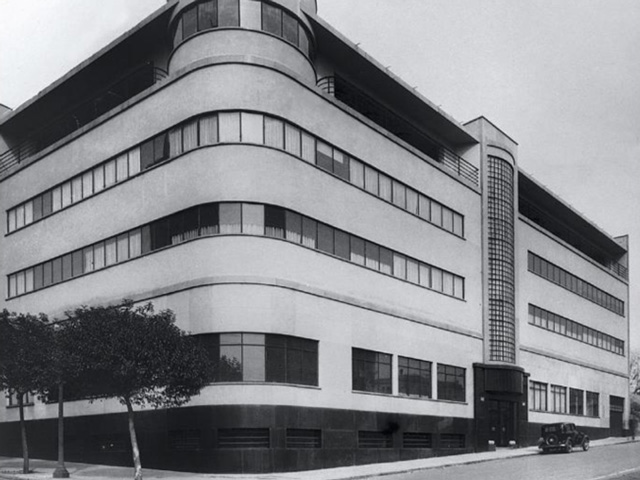How to know if my child needs glasses
12/12/2025

04/06/2018
The construction of Dr Ignacio Barraquer's house, doctor's surgery and ophthalmology clinic began in 1934. The project was commissioned to Joaquín Lloret who, in December 1925, had already designed Doctor Barraquer's private home at 25 Pearson Avenue, also known as "La Masía". A Noucentist building with Gothic elements.
The clinic initially had three floors: the general facilities and the equipment that the doctor used to create and perfect the ophthalmology instruments were located in the basement; the photo lab and the janitor's quarters were on the middle floor; the doctor's surgery, museum and library were on the ground floor; the patient rooms and the dining hall were on the first floor; the support staff rooms were on the second floor; and the doctor's living quarters and the sun deck were on the top one, the third floor; and the laundry room was on the terrace.
It opened in 1941 and it seems that Doctor Barraquer actually had an active part in its design— the exterior, interior and the furniture too.
It is a rationalist building is inspired by the German expressionism of Erich Mendelsohn with a curved front and a whole series of ribbon windows. The floors are organised around two central patios that light up the whole clinic. The interior design is in a particularly Art Deco-style and the snail-shaped staircase is a prominent feature. The façade was finished with a circle-shaped body (a glass solarium) removed during the most recent extension.
Joaquin Lloret i Homs was born in the old town, now the district of Sarrià, in the Catalan capital in 1890 and died in Barcelona in 1988. He graduated from the Barcelona School of Architecture in 1915. His university colleagues included Francisco Berenguer Bellvehí (son of the collaborator homonymous with Gaudí), Eusebi Bona, one of the main Catalan Noucentist artists and Isidre Puig Boada, one of the architects who continued the work on the Sagrada Familia in the 50s.
The majority of Lloret Homs works were designed in a Noucentist style, although from the 30s-40s rationalism was growing, like in this case, and so he then went back to a type of Noucentisme with a tendency to build vast buildings or constructions, like in the architecture during totalitarian regimes. The majority of his work is found in Sarrià.
These include:
1920/21 San Isidro Tower (Baltasar Garriga), now the Cruz Blanca Clinic, Reina Elisenda with JV Foix.
1932/35 Casas Francesc Sangrà, 462-466 Muntaner with Herzegovina.
1940/44 "El Rancho Grande" Group, Vía Augusta and 170-180-Muntaner-Santaló.
Outside Barcelona, his works can be seen in Cerdanyola del Vallès, Montcada i Reixac, Sant Boi, Hospitalet and Sant Andreu de Llavaneres. In this last town, his works include the Matas Towers (1921/23 Clòssens) and the Sindicato Agrícola (Agricultural Trade Union) in 1932 Munt street.
In 1971 Dr. Joaquín Barraquer requested the services of architect Salvador Capella to extend the Clinic. His design imitated and respected the existing building although around the façade the vertical metal pillars reinforcing the structure can still be seen.
Valentí Pons Toujouse Researcher in the History of Architecture